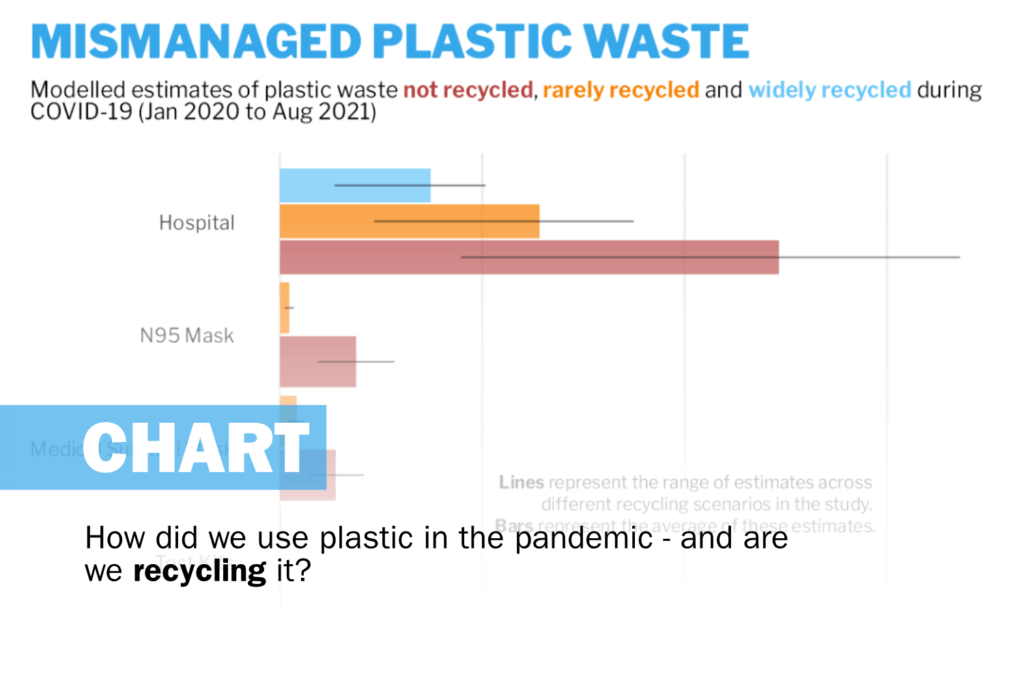Reports of a diabetes tsunami are hiding a key part of the picture. There’s a good reason the numbers are increasing.
 The prevalence of diabetes is increasing, largely as a result of better care for patients : Oskar Annermarken (Flickr) CC 2.0
The prevalence of diabetes is increasing, largely as a result of better care for patients : Oskar Annermarken (Flickr) CC 2.0
Reports of a diabetes tsunami are hiding a key part of the picture. There’s a good reason the numbers are increasing.
The rate of diabetes is increasing globally. We’re told it’s a tsunami. An epidemic. But that’s only half the story. The real picture has some rays of hope among the dark clouds.
Diabetes is a long-term condition where the body fails to regulate the amount of sugar in the blood. In type 1 diabetes, sometimes known as juvenile diabetes, an organ called the pancreas doesn’t make the hormone, insulin, needed to process blood sugar. For the roughly 9 million people with type 1 diabetes, they need daily insulin injections to manage their disease.
Type 2 diabetes, in contrast, arises slowly over time; often people don’t know they have it until they experience one of the many complications that result from the disease, such as a heart attack or a foot ulcer. In type 2 diabetes, the body develops a degree of resistance to insulin and the pancreas doesn’t make enough of it. Usually this comes about from an unhealthy diet and a lack of exercise. Over 500 million people worldwide have type 2 diabetes, and treatment often involves medications to manage their blood sugar plus a recommendation for improved diet and exercise.
The prevalence of type 2 diabetes is increasing globally, up a staggering 49 percent since 1990. Roughly 5 in 100 people have it. It is statistics like these that cause headlines, alarm and calls for action.
Certainly, more people with diabetes is cause for alarm. Roughly 1.5 million people die from diabetes or its complications each year. But there is an important difference between prevalence and incidence.
Incidence is the rate at which new cases are developing. In a number of high-income countries, this number is stable, and in some cases, declining. In more good news, the death rate among people with both kinds of diabetes is also declining. And it is the decrease in the death rate that gives rise to the increase in prevalence.
Prevalence is the percentage of the population who have a condition. If fewer people are dying, then the proportion of the total population living with diabetes goes up. This is contributing to the ‘epidemic’ of diabetes that we’re seeing.
Over time, researchers expect the prevalence to continue rising as we see improved disease management and care contributing to a longer life-expectancy for diabetes patients.
New technologies are coming online to help seamlessly control blood sugar levels in type 1 diabetes. For a number of years, continuous glucose monitors and insulin pumps have been available to people with diabetes. More recently, sophisticated systems have been developed that link the glucose monitor directly to the insulin pump, so that the delivery of insulin can be continually adjusted according to the glucose level.
New drugs are showing far better results than the previous classes of diabetes medications. GLP-1 receptor agonists and SGLT2 inhibitors not only manage blood sugar at least as well as previous drugs, but are more effective in protecting against some of the serious heart and kidney problems that often result from diabetes.
And finally strategies that improve the level of care for people with diabetes have been developed. Multi-disciplinary teams with a range of different skills improve outcomes in diabetes. The scale of implementing this is enormous; it’s a social, policy, and economic challenge to reach the growing number of people needing care, particularly in countries whose health systems are not up to the task. But as evidenced by the decline in global diabetes deaths, efforts appear to be paying off, at least in the higher-income countries.
Diabetes is a problem that is far from solved. Even with stable incidence, the overall numbers of people with diabetes will increase as the population increases. Diabetes is also a disease commonly found in older people, and with general increased life-expectancy, we will see increased numbers of people with diabetes. The lost lives will affect millions of loved ones, and the cost of care will be an enormous economic burden for us all.
But with data showing that people are living longer, and evidence for new treatments and models of care, the evidence points to healthcare moving in the right direction. The gains have been small, thus far, but with more time, research funding, and healthcare support, signs are that the “epidemic” of people with diabetes can be helped to live longer, more fulfilling lives. The challenge is in translating all this knowledge into action.
Jonathan Shaw is deputy director (clinical and population health) at Melbourne’s Baker Heart and Diabetes Institute. He has chaired a number of international research groups on diabetes and has received numerous awards and accolades for his contribution to healthcare. He has received honoraria from the following, for lectures and being a member of advisory boards: Astra Zeneca, Eli Lilly; Novo Nordisk; and Boehringer Ingelheim.
Originally published under Creative Commons by 360info™.














